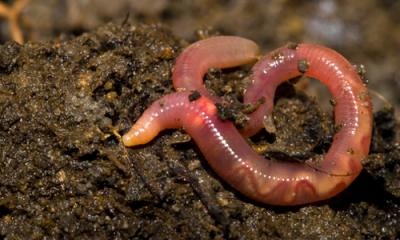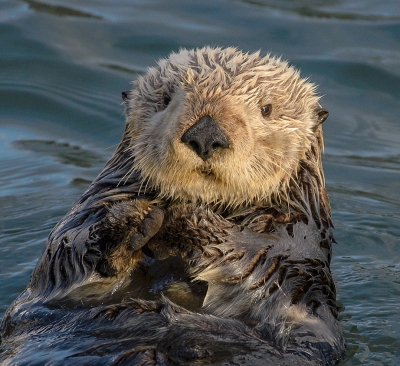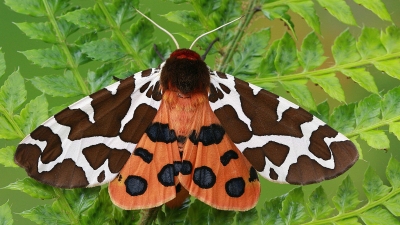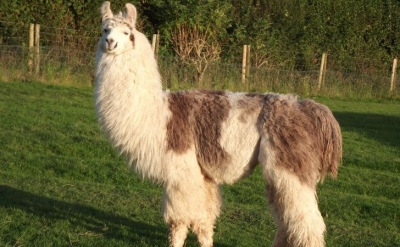What are the fun facts of beaver?
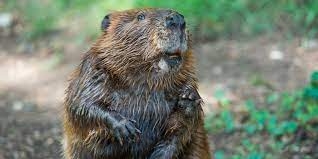
Beaver is among the largest rodents in the world. There are two species of beavers: American and Eurasian.
It has thick fur, webbed fur, webbed feet and scale-covered tails. It is a semiaquatic species, which can swim 5 miles per hour and spend 15 minutes underwater without returning to the surface for air.
It uses its powerful jaws and strong teeth to fell trees and build homes and dams, which acts as channels to control the flow of water in a stream or lake.
It eats leaves, roots, and bark from aspens, willows, maples and poplar trees. It also eats aquatic plants.
All beavers need water to survive. They live in or around freshwater ponds, lakes, rivers, marshes and swamps. American beavers live throughout North America, but stay clear of deserts and the far northern areas of Canada. Eurasian beavers once lived all over Europe and Asia. Now, they only live in small numbers throughout southern Scandinavia, Germany, France, Poland, and central Russia due to overhunting.
Beavers don’t just build homes from trees, they also eat them. Unlike other mammals, beavers can digest cellulose, which is a major component of their diet, according to ADW. Beavers eat leaves, roots and bark from aspens, willows, maples and poplar trees. They also eat aquatic plants.
Picture Credit : Google



